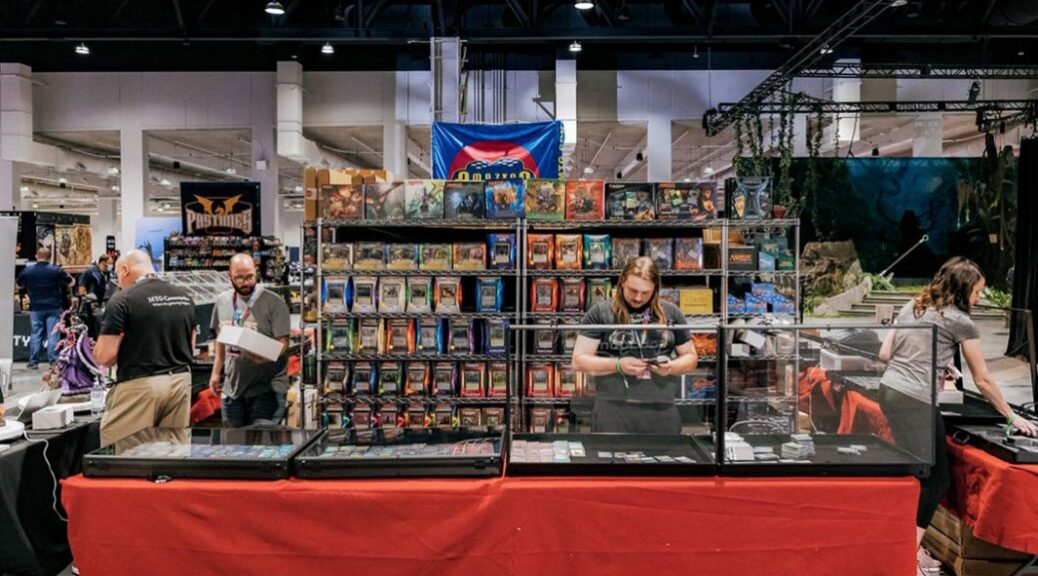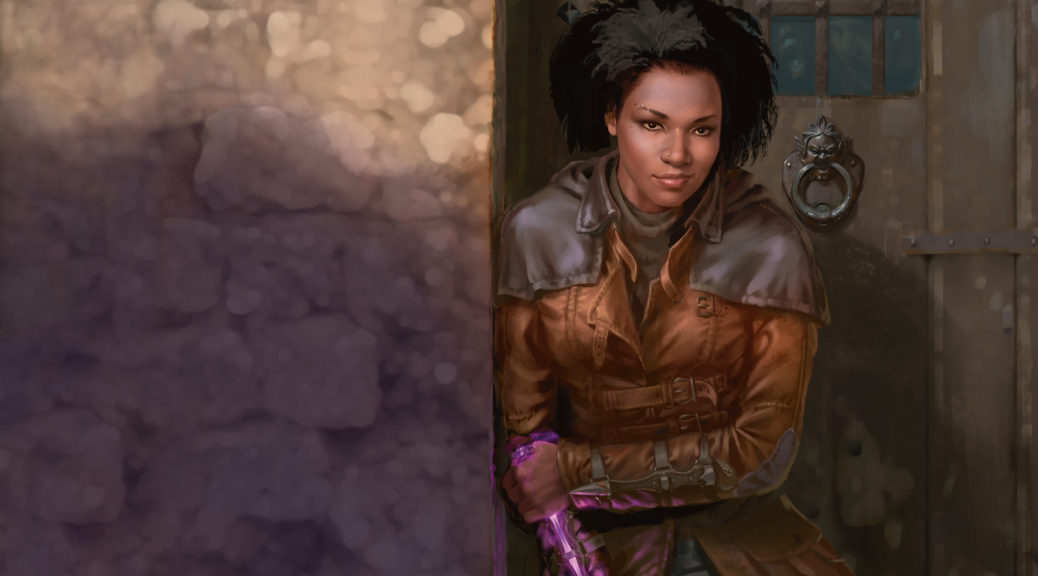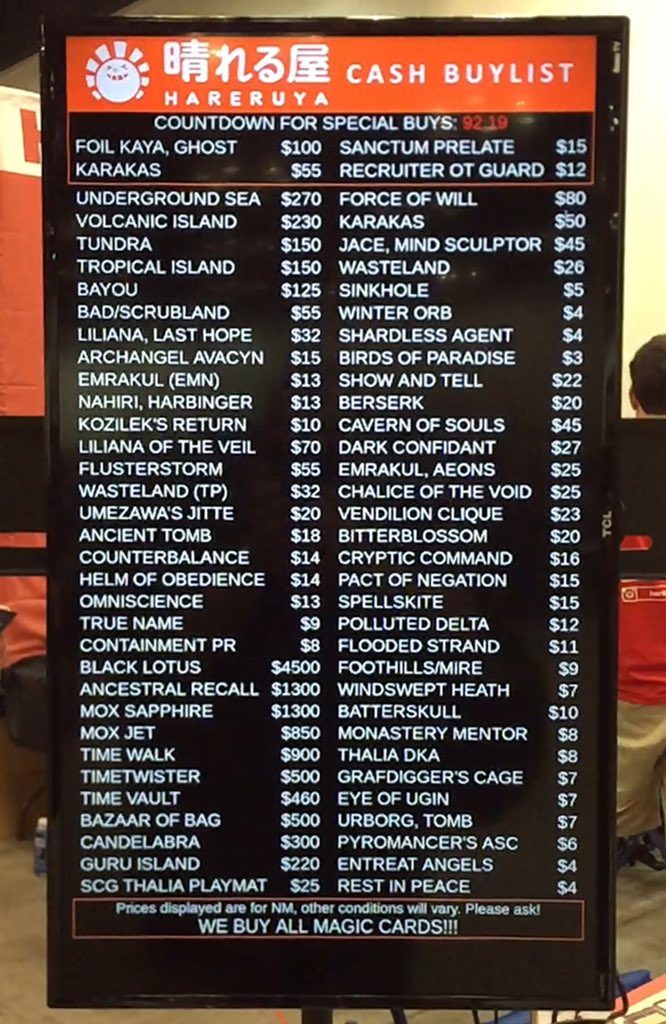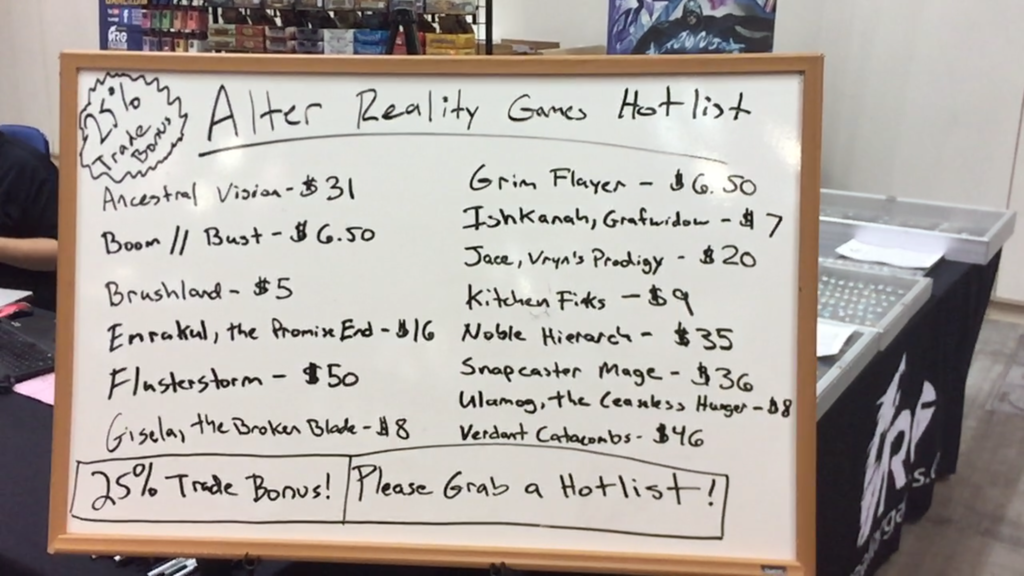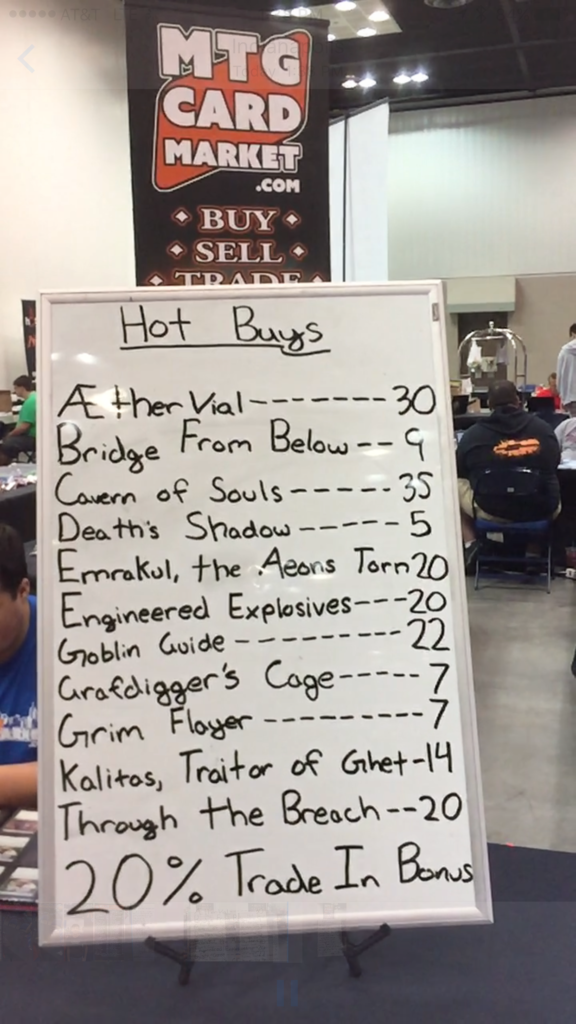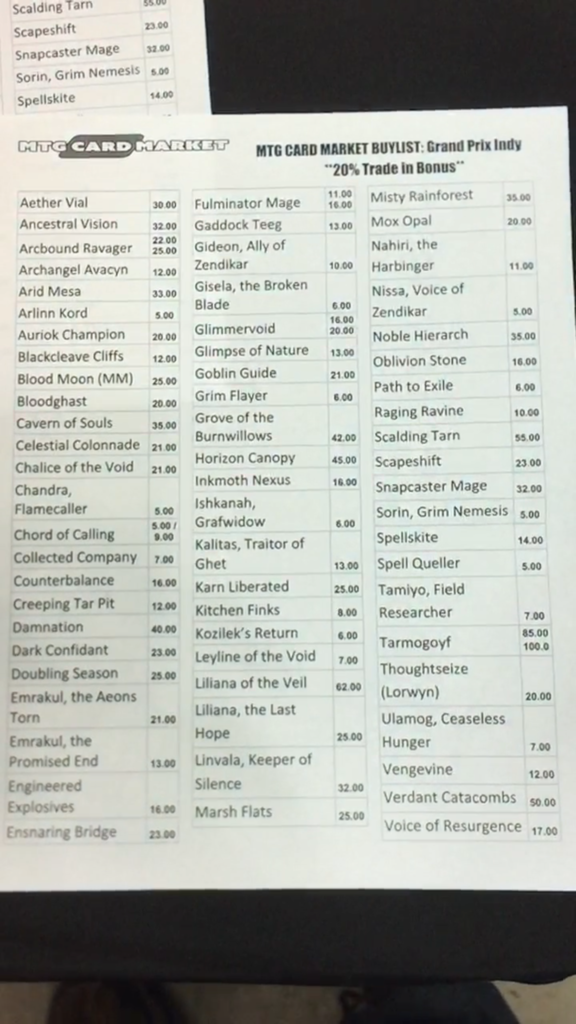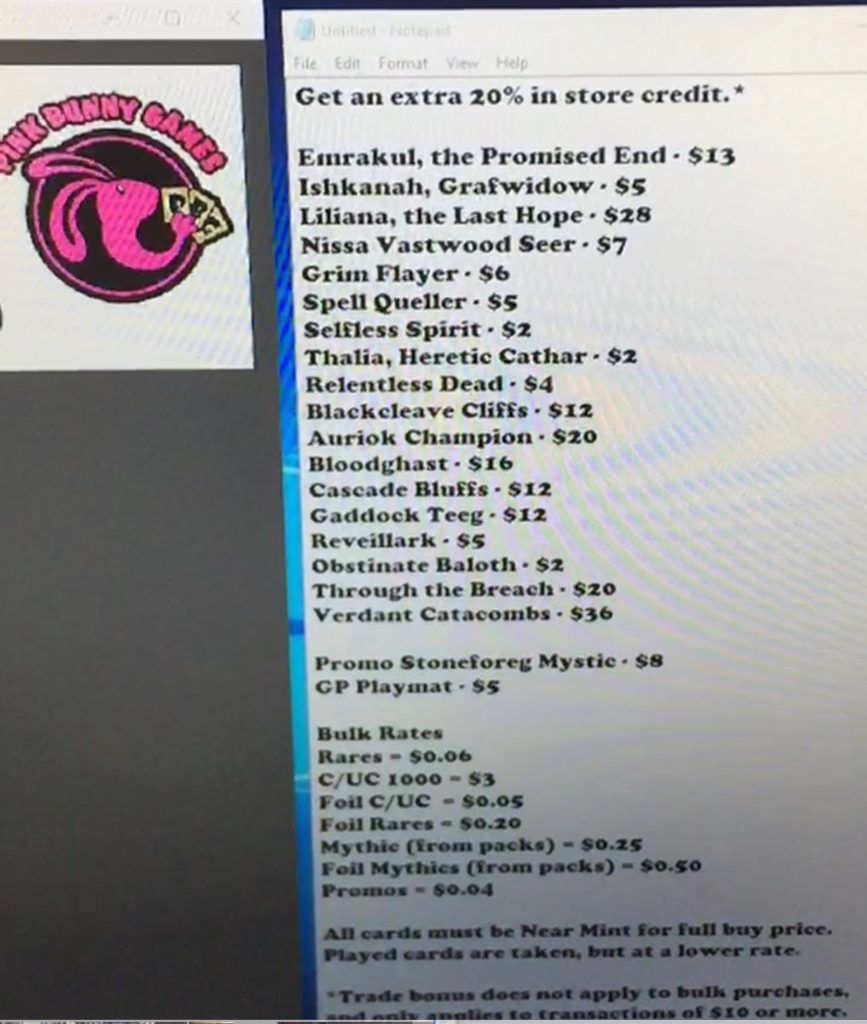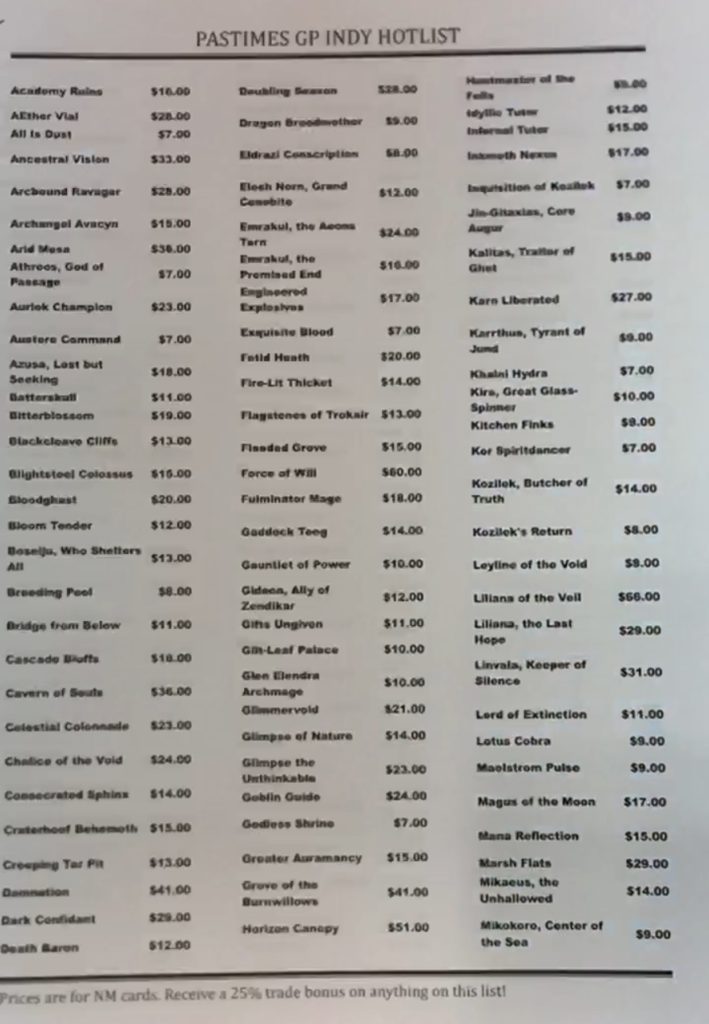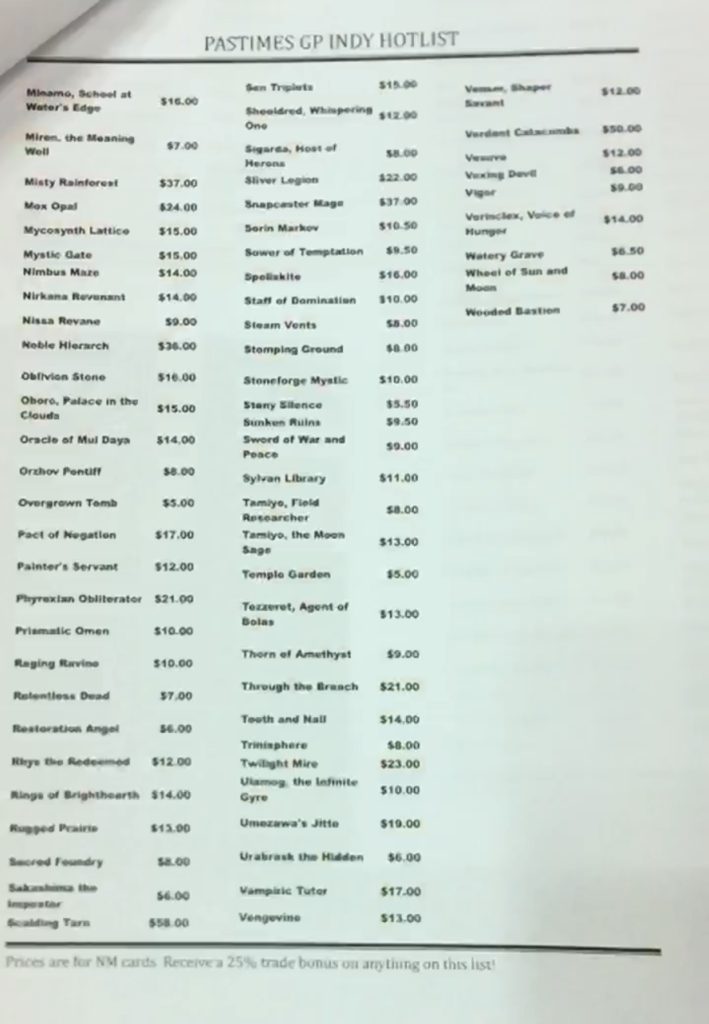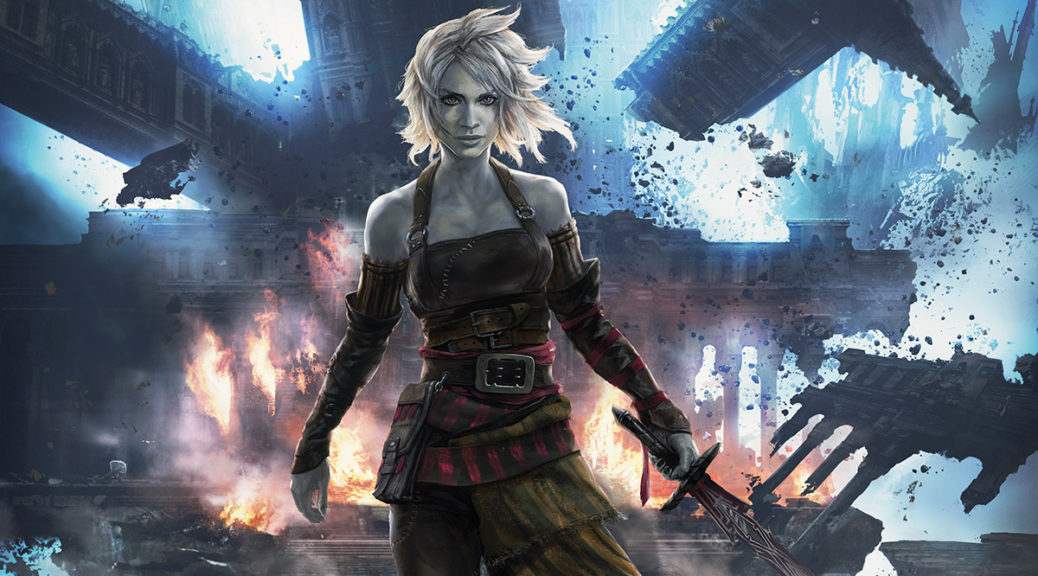Hi everyone! Thank you for the tremendous support and positive feedback I received from my first article! I could not ask for a warmer welcome.
As some of you know, I recently returned from MagicCon Minneapolis, which is the second of four major MTG conventions this year that will culminate in the World Championships in Las Vegas, Sep 22-24, 2023. The three days in Minneapolis allowed for the meeting of friends both old and new, countless games played, and much exciting business to be conducted. For this article I want to focus on one aspect of my experience, specifically my observations on collecting and trading premium Magic cards in the current environment.
A key focus for me lately has been the recent releases of the serialized cards in MOM, the “giveaway” Secret Lair cards (limited each to 295 copies), and the Secret Lair Prize Cards (exclusive to MagicCon events). Why do we care about these cards in particular? The short answer is that MTG as a collectible card game is evolving and for all of you engaged in the MTG Finance community, it is imperative to take note of the opportunities for short term arbitrage associated with time boxed or location specific limited releases. Allow me to illustrate my point here through several personal anecdotes from the floor of Magiccon Minneapolis.
First, let’s begin with the serialized MOM cards. As a refresher, WOTC decided to serialize in editions of 500 each of the 65 Multiverse Legend cards from MOM and the 5 new Praetors. That’s a whooping 35,000 serialized cards injected into the MTG community. The community’s feedback I would argue has been mixed. While everyone loves to see Ragavan in a masterpiece frame, not everyone is so enthused by a serial number stuck to a card with the same art with average foiling. Furthermore, no one can really understand why a bunch of uncommons (Daxos? Yargle?) get serialized treatment. These are indeed somewhat baffling production choices. On the other hand the unique art exclusive to the serialized versions of the new Praetors are stunning ultra low print run collectibles and the market has responded accordingly.


I arrived in Minneapolis with 8 serialized cards, including 3 serialized new Praetors (Elesh Norn, Sheoldred, Jin-Gitaxias). I had snapped up these Praetors during the prerelease windows (each at $800 or less), theorizing the unique art would make them quite desirable. I consigned the 8 serialized cards through a vendor friend of mine who had a booth, and 6 cards sold including all the Praetors (Elesh Norn $2000, Sheoldred $1700, Jin-Gitaxias $1500). A few points here worth reporting: 1) the vendor noted that many buyers came up looking for serialized cards, and the Praetors were some of the most asked about cards at the show; 2) all the serialized cards sold within 5% of the asking price; and 3) there were few serialized cards on the floor until the last day and almost no Praetors (whatever was tabled, ended up sold).
My takeaway here is that serialized cards with top-notch unique art deserve special attention. When these cards also happen to be playable, as is the case with the Praetors, the demand and price support are readily found in the market. Note that even without unique art, I had success selling my serialized Emry, Lutri, and Zada at a profit – simply because they are playable and as a “one of a kind” serialized card, they found a home in someone’s very blinged-out EDH deck. It’s clear that serialized cards will exist from here on out given the announcements for LOTR. Though it may be tempting to brush off serialized cards as some lame marketing gimmick ported over from the sports card world, we have enough data at this point to show that there is clear demand from buyers for these cards as a new tier of premium MTG collectible. The fact that EDH is the dominant format for MTG and is a singleton format only helps the cause for serialized cards, as players are indeed willing to spend to “bling out” a favorite deck. The obvious corollary is that there’s going to be downward pressure on the basic versions of serialized cards, as the value in new sets is now spread out and skewed in favor of super-rare chase cards.
The second anecdote I’d like to share concerns probably one of the ugliest MTG cards in recent memory (my subjective opinion shared by many!). I present to you the Secret Lair 295 Giant Growth:


This specimen is limited to 295 copies, which were given out randomly to MagicCon attendees (with a bias towards content creators and kids). This Giant Growth is the second Secret Lair 295 card given out, with the first being the Shivan Dragon (see above right), which was distributed at MagicCon Philly. The dust has settled on the Shivan Dragon, and we know that the current market price is around $2,000 based on extensive data points from Facebook sales. Giant Growth is virtually unplayable in every format. Given the troublesome art and the lack of playability, a couple vendors I know of took the brave step of paying $500 for the Giant Growth as the first copies hit the floor. I immediately went and bought 2 copies each at $600. One vendor professed that the card probably should be worth $200 as it’s so unappealing and was worried he’s taking a bath by even paying $500. My own logic however was that the card is a serialized release tied to a major MTG event. While this is no Shivan Dragon, there will surely be foreign buyers and other premium collectors that would pay $800? Even $1,000? Within hours I had my answer. SCG said they were buying copies at $1,000 (which came down eventually to $500 during the weekend), and on Facebook, copies sold to collectors pretty briskly at $800-1,000 (as I’m writing this article, this is still the market price). I sold both my copies on the first day within hours of receiving them for $1,000 each, pocketing $400 profit per copy. Sweet!

Lessons learned? The principle of scarcity is relevant here in that the limited supply of this card, which was released within a very narrow window, created its own demand. Collectors and vendors did not want to miss out, and this pretty mediocre card still found its support in the market at a robust price. With these limited releases, especially with cards that are mediocre at best, it’s important to move quickly and take advantage of scarcity value. You need to know your outs (Facebook groups and Twitter), and be disciplined and informed with the right data (i.e., Shivan Dragon 295 is $2,000, so an out for Giant Growth at $1,000 is more than respectable). We can expect more of these 295 cards will appear in MagicCon Barcelona and Vegas. If offered the opportunity to buy a mysterious 295 card on site for $500, would you? The answer may well deserve to be yes, especially if the print runs and singles event releases stay consistent.
My last anecdote concerns a very special card shown here:

Ragavan needs no introduction, but this is the Secret Lair Prize version. This card exists in foil only with a total population of 128 copies to be distributed during the four MagicCon events this year. To date, 64 copies have been put into circulation, and it’s worthwhile to study the price behavior for this card. I attended MagicCon Philly and was an aggressive buyer of this card as soon as copies came into circulation. Vendors had originally buylisted the card at $1,000, then $1,250, and eventually close to $2,000. It became clear that there was extraordinary demand, as the art is highly unique and desirable to many for this truly iconic card. I was able to procure two copies of this card at $2,200 and $2,400, which I then sold shortly after Philly for $2,800 and $3,300. I flag this particular card because coincidentally in Philly, the Multiverse Legend version of Ragavan was announced including a serialized edition. Many thought that this Secret Lair Prize version was doomed for failure because the same card is being hit for reprint twice in succession and both in a premium treatment.
The question is what happened in Minneapolis? Instead of seeing any price pressure, the Secret Lair Prize Ragavan saw a significant price increase. Vendors told me they had to pay $2,400 to $2,800 in buylist just to get a copy. Most copies procured also had ready buyers on the back end. Meanwhile, serialized Ragavans (not special numbers) have slipped to the $1,200 range even when many swore that the Masterpiece frame can’t be beat. It is clear that yet again, the art matters and for a staple card like Ragavan, the very limited number of 128 copies will carry the day. It does not matter that a Masterpiece frame exists, as that art treatment is printed into oblivion now and the serialized version of Ragavan is the same card.
Recognizing this unique price trend, I suspect that this Ragavan may see yet another ratchet, especially in 6 to 12 months once all copies are given out. I opted to reinvest some of my gains from above into a personal copy.
I hope the above stories from the floor provide you all with some interesting windows into how the MTG community is responding to the recent limited and special edition cards. I will look forward to reporting again soon when LOTR drops and we see some numbered rings enter the market and we get a glimpse of how the market forms on 1900 serialized Sol Rings and the mighty single copy of The One Ring. Until next time!
